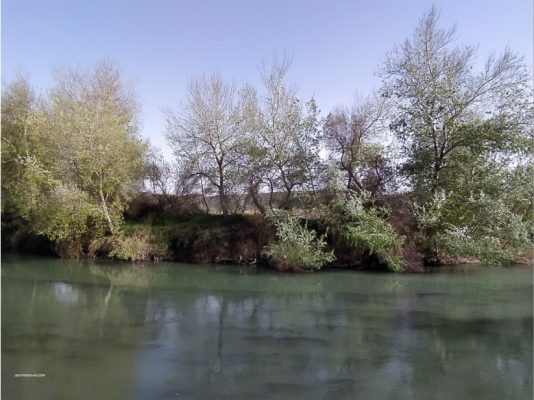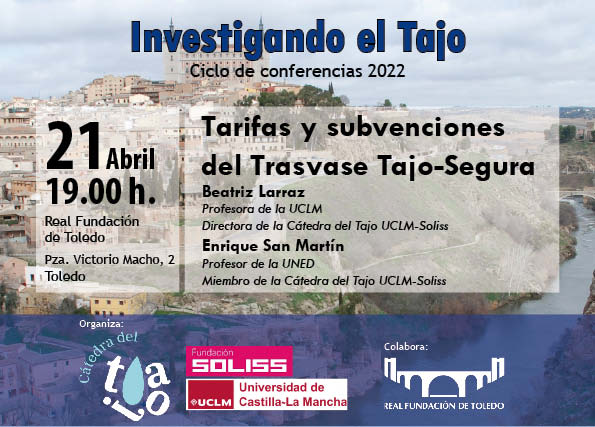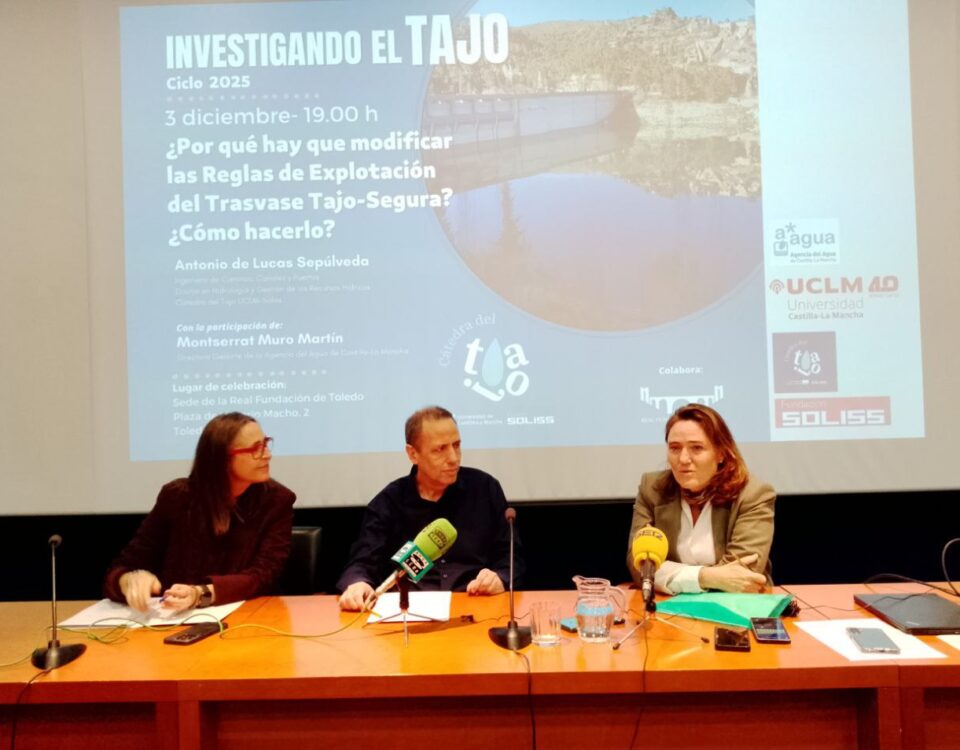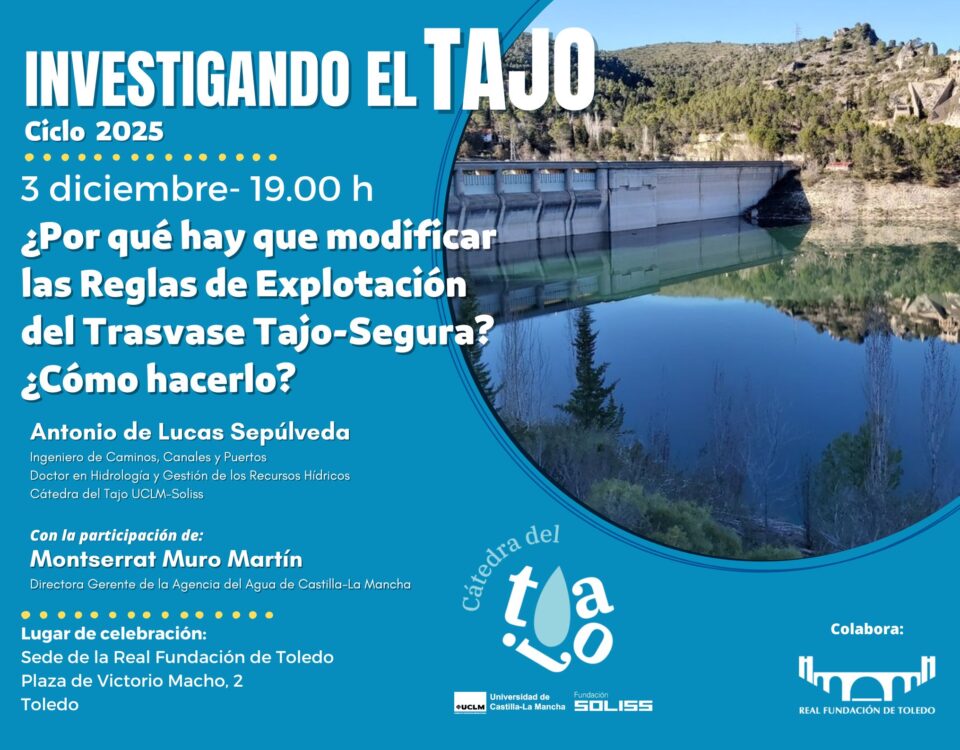
Hydrological planning, groundwater and river ecology. Talk in Santa Cruz de la Zarza, on March 26
25/03/2022
“Rates and subsidies for the Tagus-Segura transfer”, next conference in the Investigating the Tagus cycle
11/04/2022Second installment of the series of popular articles «La Cátedra Responde» in which we try to provide arguments to understand the causes why the Tagus River changes state when it meets the Jarama River in Aranjuez.
- The river Jarama provides contaminated water to the Tagus River where the basins of both join, in the municipality of Aranjuez
- Almost all of the flow of the Jarama comes from sewage water urban and industrial, which are insufficiently purified
- The Jarama carries three times more flow than the Tagus River, and that's why it makes it dark
- The contaminants carried by Jarama include phosphorus, ammonium and nitrogen in concentrations much higher than natural ones and heavy metals, in addition to little studied contaminants that harm the living beings of the river
Lately, the photo of the Tagus River meeting the Jarama River has become popular. The image attracts attention for two reasons. The first is the disproportion of flow between the Jarama (the tributary) and the Tagus River (the receiver). The second is the difference in shades of the waters. Those of the Tagus are greenish blue and those of the Jarama of an intense dark brown. In this article we will focus on explaining this second aspect, that is, what is the reason why the waters of the Jarama reach the Tagus River so dark? Read the complete article
Access to podcast complete article




